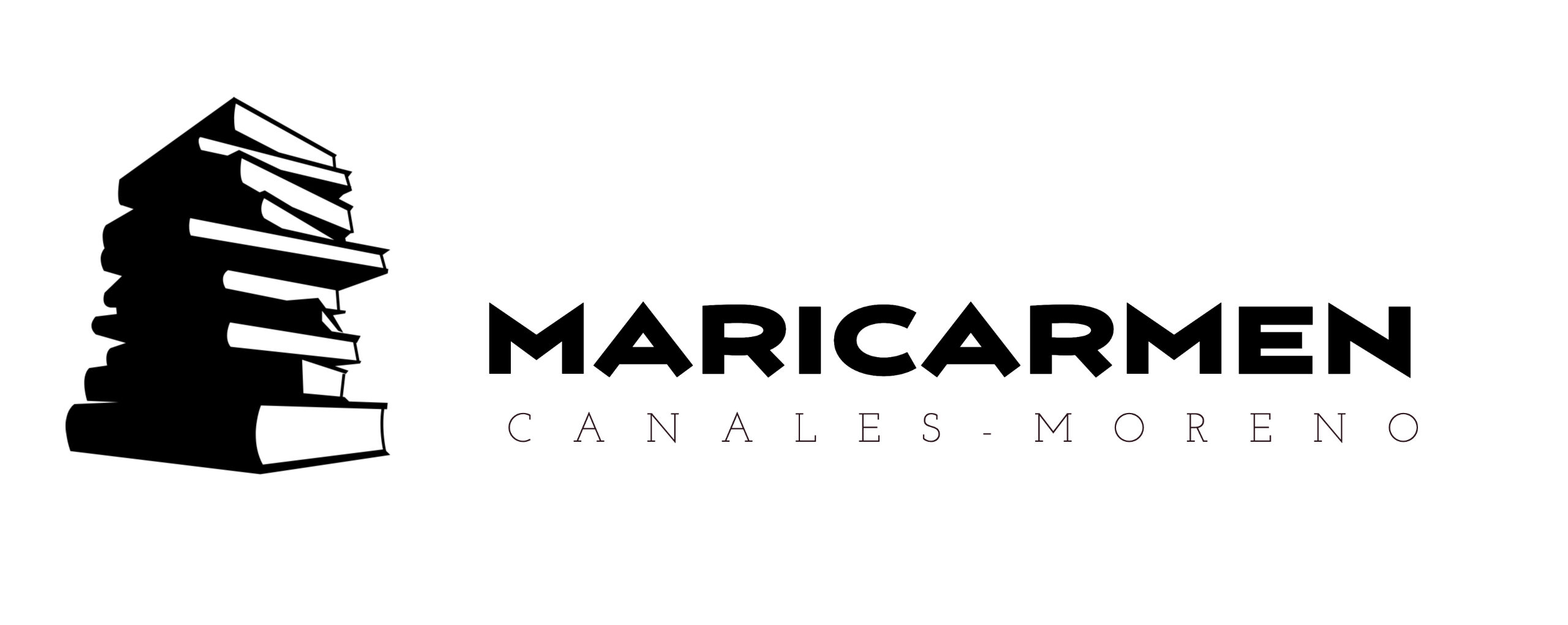Context & Exigence: What topic/conversation is this text responding to? What year is the text published? What is the exigence–that is, what motivating occasion/issue/concern prompted the writing? The motivating occasion could be a current or historical event, a crisis, pending
legislation, a recently published alternative view, or another ongoing problem.
| The main development theme could be defined in two lines. Saleem makes an explanation of what the scenic panic means, when being and talking with others, the fear of defining himself, and this he does from his own experience, he describes the terror he felt, just for the understanding that his accent or their responses were not in the “normal” category. A second point, perhaps the most interesting, is in the analysis that he performs of what is normal, and what is a-normal, how to accept a “normality” that is not a real representation of reality but is a representation in the imaginary built from a single point of view and how, in this reflective exercise, it is necessary to re-construct and re-semanticize what reality actually is |
Author: Who is the author of this text? What are the author’s credentials and what is their investment in the issue?
| Safwat Saleem is a visual artist, graphic designer and filmmaker Pakistani origin. He uses satire and art to bring to light stories of adversity, making politically-charged in satirical art. His work has used a variety of media, including illustration, writing, animation, audio, film and sculpture. He often combines several media to create multimedia storytelling experiences that get audiences talking – and laughing – about subjects that tend to otherwise make people feel uncomfortable. He has a penchant for doing voiceovers in my videos for all kinds of silly characters like a bear, sheep, greeting card and a whale to name a few. His work shows regularly in galleries around the U.S. and has been featured in publications such as TED, Wired, BoingBoing and Brainpickings. He is a TED Senior Fellow |
Text: What can you find out about the publication? What is the genre of the text (e.g., poem, personal essay, essay, news/academic article, blog, textbook chapter, etc.)? How do the conventions of that genre help determine the depth, complexity, and even appearance of the argument? What information about the publication or source (magazine, newspaper, advocacy Web site) helps explain the writer’s perspective or the structure and style of the argument?
| The material on which we are working is a conference held in August 2016. |
Audience: Who is the author’s intended audience? What can you infer about the audience (think about beliefs and political association but also age, class, race, ethnicity, sexual orientation, profession, education, geographic location, religion, etc.)? Look for clues from the text (especially the original publication) to support your inference.
| This was presented to a wide public, therefore the audience is not defined only to a specific segment. |
Purpose: What is the author trying to accomplish? To persuade, entertain, inform, educate, call to action, shock? How do you know?
| Saleem manages, in my opinion, with great success, to transmit and install the idea that what is supposed to be normal is not true. That this society, as well as others, are full of diversities, of others, of multiple accents, of multiple colors, it is not true that the normal is the white Anglo-Saxon model, in the United States. Almost 15% of the population is of black origin and to this is added a growing majority of immigrants, with multiple origins. Therefore, speaking English with an accent, eating other foods, and having a different color to your face is normal. |
Argument: What do you believe is the main claim/idea/argument that the author is trying to communicate? What stance does s/he take?
| I think that has already been featured in previous answers. |
Evidence: How is the argument supported? Types of support include reasons and logical explanations as well as evidence. Types of evidence include anecdotes, examples, hypothetical situations, (expert) testimony, quotes, citing sources, statistics, charts/graphs, research the author or another source conducts, scientific or other facts, general knowledge, historical references, metaphors/analogies, etc.
| He works with his own experience to reinforce his approach, gives statistics, shows graphics, plays audios that show the other accent, gives examples of what would be normal and abnormal. |
Rhetorical Strategies: What aspects of this text stand out for you as a rhetorical reader? In other words, what do you observe about what the author strategically does (consciously or not) in hopes of appealing to their audience? List here as many observations as you can make about what the text does.
| His rhetorical strategy is dialogue, direct conversation, looking into each other’s eyes, summoning others to dialogue. Be empathetic when delivering information, and above all be affable when building the story. This way you get an important part of the good reaction of your audience. |
Citation: Add the correct MLA or APA bibliographic entry for this text. Use easybib.com if you prefer.
| Safwat Saleem, Why I keep speaking up, even when people mock my accent. https://www.youtube.com/watch?v=B4a0NvLTebw |
Notes: What do you want to remember about this text?
| Everything |



